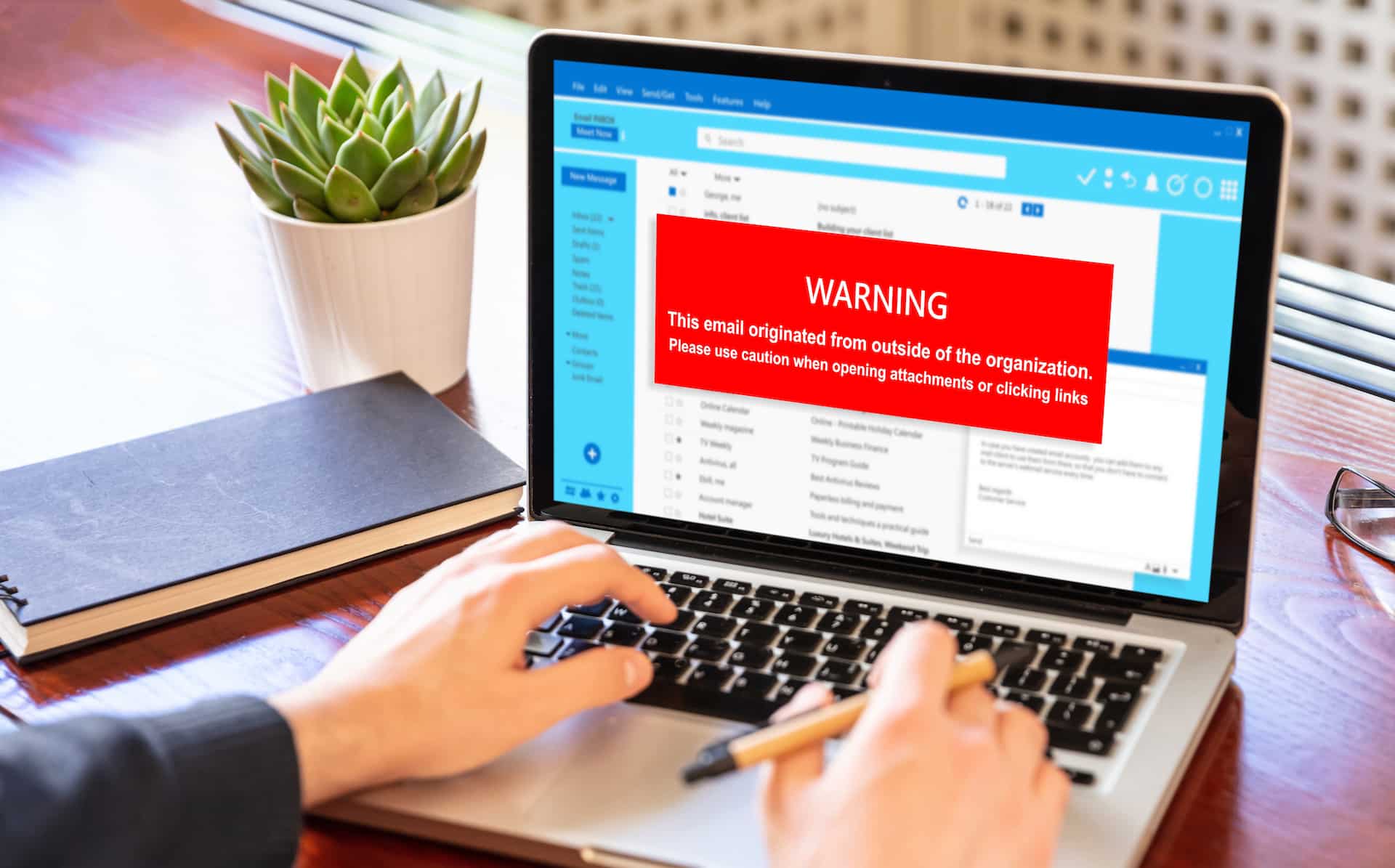Over the past few years, we’ve seen a huge increase in the number of issues with security and malware attacks on computers and devices. When you receive an email or text message, you should always use a link checker to ensure that it’s not a scam. Keep reading to discover some of the top tools which will help anyone to avoid phishing scams in the future.
Why Do You Need to Use a Link Checker?
While you might think that it’s okay to just open a link and see what’s inside, you should always be aware of what you are opening from the internet today. Even when you get an email from a company or person that you know, you never know if the link could in fact have a malware risk or be a phishing scam. Sadly, we see accounts get compromised each and every day by scammers, who can hack into your email or phone account and send suspicious emails.
In business settings, this is just as important, as you never know who in your team could open a link and corrupt your systems. This is why we encourage any business owner to educate their team about the link checking tools we share here today, in order to avoid you becoming the next victim of a malware attack.
Identifying and Copying Links
Before going any further, it’s important to understand what we mean when we are discussing links. A link is defined as any piece of text or a graphic that you can click to take you to another page within your browser. This could either be a piece of hyperlinked text, an image, or it may start with https://. However, just because a link says that it’s going to send you to one site, that might not be the case at all. When links are hidden in text, icons, and graphics, you never know if they are safe, which is why you should always use the following strategy to check the full URL:
On a Desktop or Laptop:
– Hover your mouse over the link.
– Right-click the link.
– Select “Copy Link” or “Copy Link Address” or “Copy Hyperlink”
You have now copied the link and can paste it into any of the link checking tools we share below by using CTRL+V (or right-click and select Paste).
On a Tablet or Smartphone:
– Don’t click the link by accident and open it, as this is an easy mistake to make on mobile devices.
– Hold your finger over the link until the context menu appears.
– Select “Copy Link” or “Copy link address” or “Copy Hyperlink”
Once the link is covered, copy it by holding your finger over the URL field in the tool and pressing paste.
The Best Link Checking Tools to Avoid Malware and Phishing Scams
There are many link checker tools online today, all of which can help to protect you from common scams. It’s best to cross-check your links with a couple of sites, so that you reduce the risk to your business.
Norton Safe Web
This free tool from Norton offers you a rating stating how dangerous any given link is, so you have a good idea about the risk involved with opening any link.
PhishTank
PhishTank tells you if any link has been involved in phishing scams, as these are much harder to identify than regular links.
Google’s Transparency Report
https://transparencyreport.google.com/safe-browsing/search
This world-famous search engine constantly trawls the internet for phishing risks and malicious websites, which are then saved within the transparency report. Your link will be matched to anything in their records so you are aware of the risk when opening it.
Scan the Link with VirusTotal
https://www.virustotal.com/gui/home/url
Scan the Link is another popular tools that allows you to check links for viruses, however, keep in mind that if the phishing attack isn’t yet documented, it might not be identified.
Are you concerned about suspicious links and the risk they posed to your business? If so, get in touch with our team today to learn more about how we can support you in keeping your business secure this year.






